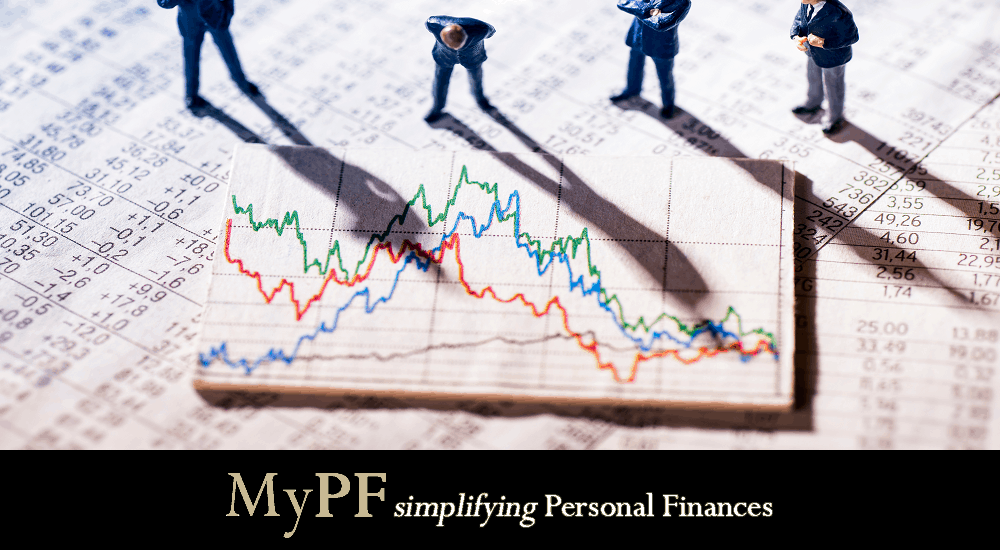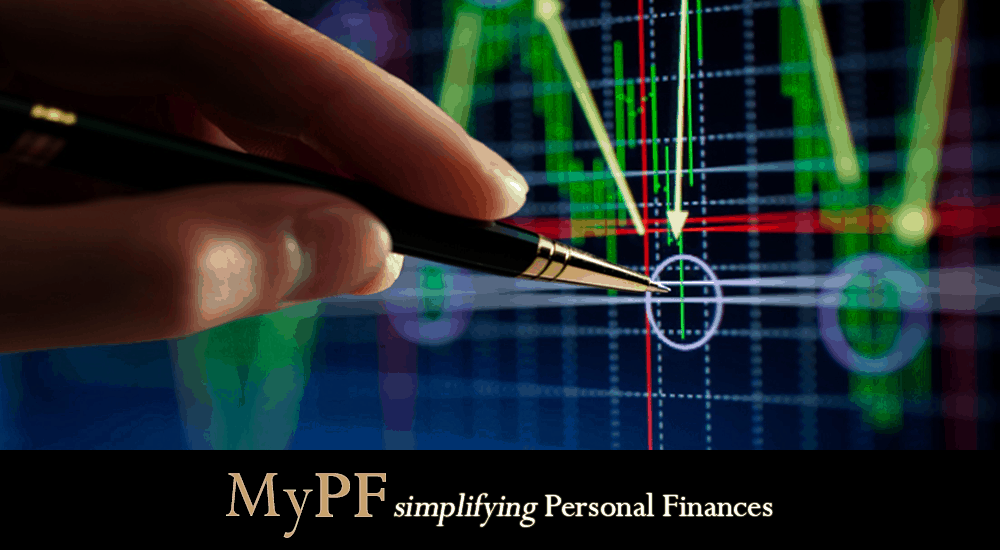Are you curious about what is your investment style? How do the different investment styles suit your personality?
Everyone has their own personalities and thus their own investment styles also. It depends on how you look at investments, what type of returns do you want and how much risk are you willing to take.
From there, you will develop your own investment philosophies and styles, and apply them to your decisions to generate the most optimal returns.
Understanding the different investment styles out there in the market could help you develop and improve on your own style.
Contents
Style #1: Growth Investor
You like making a lot of money and taking high risk to get them. You don’t mind putting your money into investments that do not have solid fundamentals yet, but have great prospects in the future. You are not buying the investments for their current conditions, but for their future prospects and promise.
You are a Growth Investor and focus primarily on investing in up and coming companies that are riskier than regular investments. This is similar to how venture capitalists invest in any start-ups where they pick companies that have the brightest prospects and the most original idea.
Many times, growth investors don’t mind buying investments that are expensive. Expensive here means that the valuation for the investment is very high, where most investors will use financial indicators such as price earnings ratio to analyse them.
Price Earnings Ratio = Share Price / Earnings Per Share
Price earnings ratio of above 25 times means that the company is trading at above average valuations and considered expensive. Growth investors look specifically for small companies at their initial stages, which normally are not making much profits at the moment and trades at high valuations. Their bet is that in the future, their returns could potentially be higher than the industry returns.
Style #2: Value Investor
Buying undervalued investments is your specialty. When you go the supermarket, you are attracted to goods and products that are on sale and see a hidden value to buying them that no one else is seeing. The investment’s future prospects is important but you pay more attention to how undervalued and underappreciated the investment is in the market.
You are a Value Investor and specialize in identifying and investing into undervalued investments in the market. Undervaluation happens when investors in the market do not understand the true value of the investment and oversells it way below its fair value.
Value investors routinely identify these opportunities when the market becomes too fearful of certain events, and sells excessively on emotion. As a result, the price earnings ratio goes below 10 times (companies normally trade at 13 to 15 time) and presents value investment opportunities.
When everyone is selling, value investors instead are looking for an opportunity to buy. Of course, you are not blindly buying but instead do extensive research into their historical financial performance and company news. You are investing in anticipation that the investments will revert back to their fair valuations in the future.
Style #3: Top-Down Investor
You take a good hard look into how the economy and the investment markets are doing. Gross Domestic Product in 1Q 2021 is gradually recovering? Manufacturing sector is the biggest contributor to economic growth currently? China who is Malaysia’s biggest trading partner, just had their best quarter of economic performance ever?
A Top-Down Investor will look at investments through the lens of what is happening in the big picture and how it translates to making investment decisions. You do a rigorous analysis on the broader economy and see how it is faring. Smaller happenings like how a company’s profits are increasing is of lower priority compared to analysing how a government’s stimulus package will affect certain sectors performances.
Top-down investors normally invest according to what the overall economic indicators are showing. For example, you might be focusing more on manufacturing companies now as the sector has recorded the highest growth among other sectors in 1Q 2021. If China is doing very well now, you might want to invest in companies that primarily export products to China.
You are not influenced that much by specific companies biases, but rather by what the overall data in the economy is telling you. Economics knowledge and a bigger picture view is important here for a top-down investor, which forms the basis for your investing decisions.
Style #4: Bottom-Up Investor
This is in direct contrast to a top-down investor since you look specifically into the investment’s financial performance, news, and background. General happenings in the economy do have some implications to how you research and invest, but you care more about understanding the investment inside out.
A Bottom-Up Investor will start by choosing a set of investments, and researching them from the very basics of what do they do, how was their financial performance, what are their strengths and weaknesses, future prospects, and their risks. From there, they will narrow down their investments to the best characteristics and further analyse the ins and outs of the companies such as board member strength, management quality, and internal process controls.
Once they have identified these investments, they will normally hold them for a much longer time period as they know the investments inside out and are confident that they will perform well. Most of the time, bottom-up investors treat them as long-term investments that either generate consistent dividends or have high potential to go up in prices. This is similar to a growth investor, but bottom-up investors also invest in established companies that have solid fundamentals.
Style #5: Cyclical / Opportunistic Investor
A Cyclical or Opportunistic Investor is similar to a top-down investor but differs in the sense that you are very quick and opportunistic in identifying hot sectors and investments that may not be rational in the short run.
A top-down investor, would use the overall economic data and conditions to identify sectors and investments that could do well. A cyclical/opportunistic would do that too but they also take it a step further by taking advantage of irrational market movements caused by emotional and speculative investors.
Many times, such irrationality in market movement does have some form of reason and logic in the beginning. For example, the bullish glove stock markets in the beginning of 2020 did have a fundamental reason for people to buy but it soon got out of hand as there was a craze by everyone to buy them. The cyclical/opportunistic investor essentially will get in at the beginning of this craze, riding the euphoria of investors and selling when interest in them dies down.
From here, you can see that these investors do not actually need to understand the fundamentals or the fair value of these investments that much. Following the market is the mantra here, and you are always on the lookout for these kind of opportunities in the market.
From the glove stock craze in 2020, you then moved on the next cycle of technology stocks where many investors were buying them based on the reasoning that there is more demand for technology that enables the work from home arrangements. You buy what is hot in the market currently, and follow the crowd as they go from one sector to another.
Style #6: Day Trader
This is a fundamentally different investment style from the past 5 styles in that you are primarily focused on trading on movements in prices that are random. You don’t really look into the fundamentals of the investments, but rather trying to profit from the random up and down movements of investment prices for the day.
A Day Trader’s investment horizon could be as short as 3 minutes or only as long as 6 to 7 hours during the day. Different from understanding what are the fundamentals, you primarily look at technical indicators such as moving averages, Bollinger bands, relative strength index, and others that inform you what the trend of prices are gonna be.
From the past movement of prices during the day, you try to predict how prices are gonna behave for the day and take a corresponding position. If you are of the opinion that prices will increase in the next 10 minutes, you would buy it now and exit when price have reached your target. You don’t actually have to understand why it will go up but rather just analyse how likely it will based on the past price data.
If you are a day trader, you would probably be very quick in identifying patterns in the price data and also good at multi tasking. After all, there is quite a number of technical indicators that you will need to keep track of and day trading opportunities could be as fast as 1 minute. Day trading is inherently the most riskiest out of the investing styles here but if done right, you can effectively manage your risk properly.
Style #7: Swing Trader
A Swing Trader is similar to a day trader but differs in terms of its time period of trading. Day trading normally happens during the day itself, in that you will exit your position by the end of the day you entered your investment. Swing trading involves trading past the day to possible extend to a few weeks.
The principles of swing trading are the same as day trading but you analyse longer historical price movements and data. You would also need to pay attention to what is happening in the news more closely as you are exposed to more events affecting the price movements.
Generally, swing trading is more suitable for people who have higher capital to trade as they are exposed to much more volatile movements. However, a swing trader could also adopt the investment style similar to a cyclical/opportunistic investor, by trading on trends that last for more than one day. The one differing characteristic here is that you would be utilising technical prices data instead to determine when you enter or exit the investment.
Conclusion
Investment styles differ based on your personality and financial goals. Different styles will suit different people, hence it is important that you understand who you are and what styles suit you the best.
If you are ok with taking a lot of risks to make higher profits and holding your investments for a long period of time, you could well adopt the investments styles of growth, cyclical/opportunistic, and swing trading. If you are more into researching the overall economy and investments, you can adopt the styles of value, top-down and bottom-ups. Lastly, if you enjoy the fast-pace style, you could well try out day trading as trades are very quick and require a very rigorous monitoring of technical indicators.
What is your investment style? Let us know in the comments below!
You May Also Like
- How to Create Your Investment Philosophy
- How to Pick Your Investments: the Warren Buffett Way
- 5 Investment Alternatives to Consider for Your Portfolio
- Investment Returns and Expectations
- Gold, Silver and Metals Investment Guide












Leave A Comment